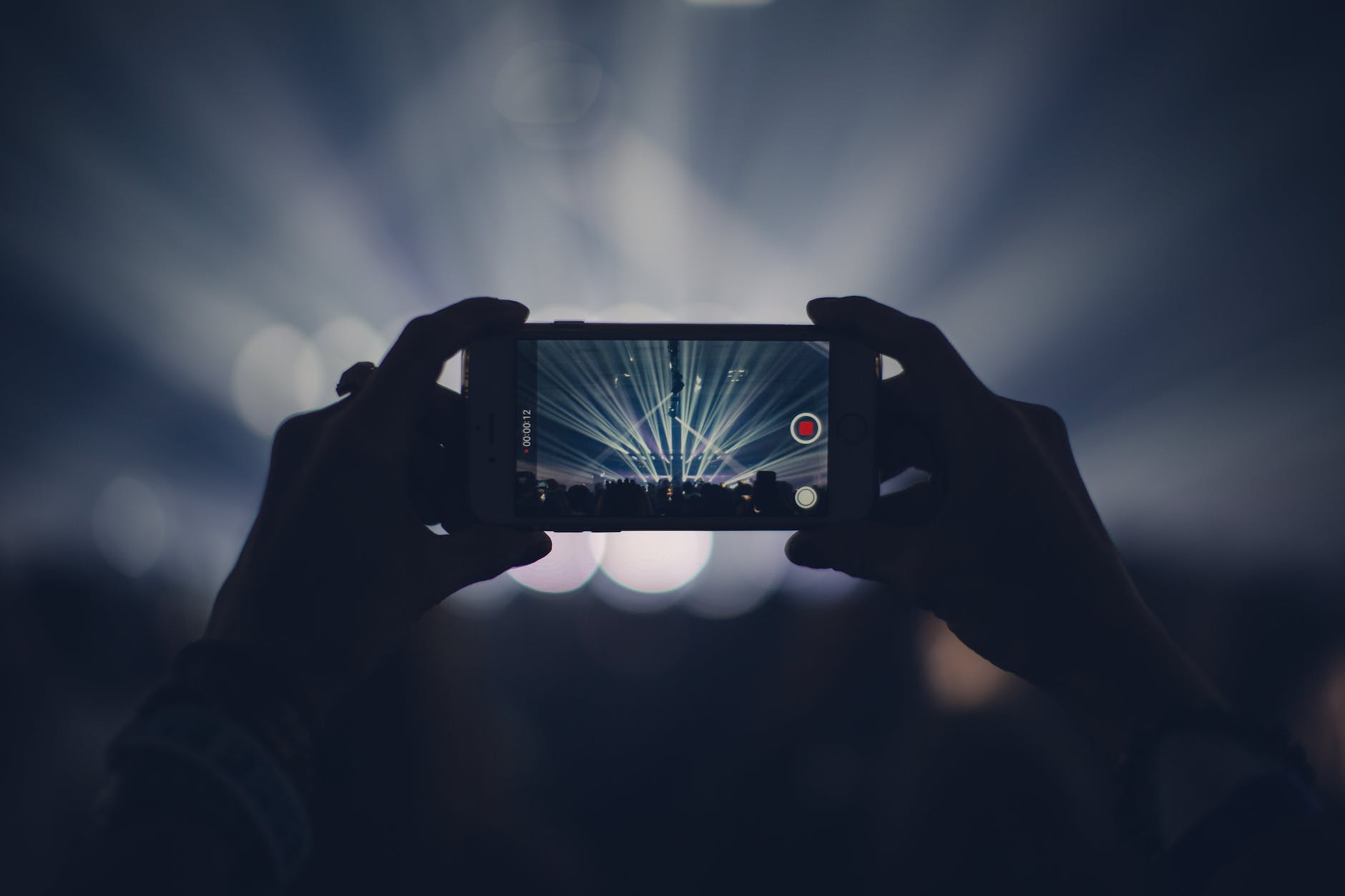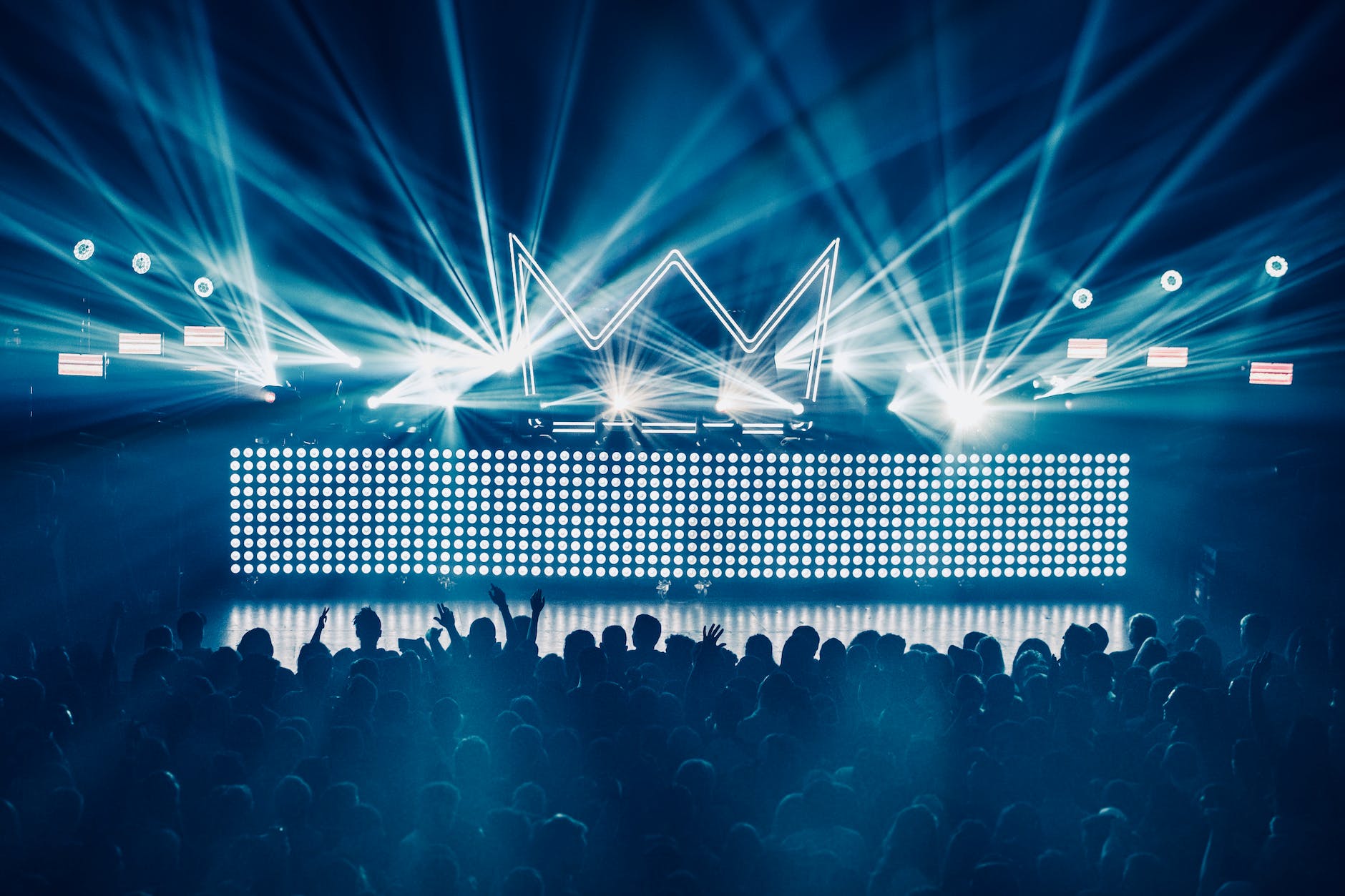The music industry has always been a sector that readily embraces advancements in changing the way we experience concerts. From the creation of vinyl records to streaming services, technology has consistently shaped the way we create, distribute, and consume music. Concerts, an integral part of the music industry, have not been left behind in this technological revolution. In fact, the way we experience concerts today is significantly different from how we did a few years ago, all thanks to technology.
While traditionally, concerts were all about live music and the raw energy of the crowd, they have now evolved into tech-filled experiences offering much more than just live music. This transformation has been a gradual process involving the integration of various technologies aimed at enhancing the concert experience. The introduction of technology in concerts has completely revolutionized the musical landscape, providing an immersive experience for the audience that goes beyond just auditory stimulation.
In this digital age, technology has become the backbone of live concerts. From massive LED screens and advanced sound systems to digital tickets and augmented reality, technology is reshaping the way we experience live music. This article will delve into the role of technology in concerts, exploring how it enhances the concert experience and what the future holds for technology in concerts.
Evolution of Technology in Live Concerts
The integration of technology in live concerts has been a gradual process, beginning with the advent of electricity, which enabled the amplification of sound. This was followed by the introduction of light shows, which added a visual dimension to concerts. However, the real game-changer came with the digital revolution. The advent of digital technology has brought a plethora of changes in the way concerts are conducted.
In the past, concerts were purely about the music. Technology was only used to amplify sound, and the focus was more on the artist and their performance. However, as technology evolved, so did the concert experience. With the introduction of video screens, concerts became more visually engaging. These screens not only magnified the performers, making it easier for the audience at the back to see, but they also added an element of spectacle to concerts.
The next major advancement came with the introduction of computerized lighting systems. These systems, controlled by sophisticated software, allowed for the synchronization of lights with music, creating a more immersive concert experience. The evolution of technology in live concerts did not stop there. The 21st century saw the introduction of even more advanced technology, such as 3D sound systems, high-definition video screens, and even drone technology.
“In the concert halls of the future, music will not be confined by walls, but amplified by the boundless expanse of technology. Yet, beneath the echoes of innovation, the heart will always yearn for the irreplaceable harmony of shared emotions and live connections. That is the beautiful paradox of progress – we are eternally drawn towards the new, while holding onto the essence of the old.”
The Impact of Technology on Concert Experience
The impact of technology on the concert experience is immeasurable. It has not only transformed the visual and auditory aspects of concerts but has also reshaped the way we attend and interact with concerts. One of the most significant impacts of technology on the concert experience is the creation of a more immersive and engaging experience.
In the past, concerts were a one-dimensional experience focused solely on the music. However, with the introduction of advanced lighting systems, video screens, and other visual effects, concerts have become multi-dimensional experiences that stimulate multiple senses. This has made concerts more engaging, drawing audiences into the performance and creating a more immersive experience.
In addition to enhancing the sensory experience, technology has also made concerts more interactive. With the advent of social media and mobile technology, concert-goers can now share their experiences in real time, creating a sense of community and enhancing the overall concert experience. Furthermore, technology has also made concerts more accessible. With live streaming and virtual reality technology, those who cannot physically attend a concert can still experience it virtually.
The Role of Technology in Enhancing Concert Visuals
One of the most significant roles of technology in concerts is enhancing the visual aspect of the performance. With the introduction of advanced lighting systems and high-definition video screens, concerts have become more visually spectacular, creating an immersive experience for the audience.
Advanced lighting systems, controlled by sophisticated software, allow for the synchronization of lights with the music. This not only creates a visually stunning spectacle but also enhances the emotional impact of the music, creating a more immersive concert experience. In addition, the use of projection mapping and laser technology allows for the creation of stunning visual effects that further enhance the concert experience.
High-definition video screens, on the other hand, serve two main purposes. Firstly, they magnify the performers, making it easier for the audience at the back to see. Secondly, they add an element of spectacle to concerts. With the ability to display graphics and animations, these screens can transform a concert into a visual feast, enhancing the overall concert experience.

How Technology is Used for Ticketing and Crowd Management at Concerts
Technology has also revolutionized the way we purchase tickets and manage crowds at concerts. The advent of digital technology has made the ticketing process more efficient and convenient, doing away with the need for physical tickets. Nowadays, concert-goers can purchase their tickets online and present them on their smartphones at the venue.
In addition to making the ticketing process more convenient, technology has also made it more secure. With the introduction of blockchain technology, it has become possible to create tamper-proof digital tickets, reducing the risk of fraud. Furthermore, digital tickets can also be used to manage crowds more effectively. For instance, they can be used to control access to certain areas of the venue, improving crowd management.
Moreover, technology has also made it possible to enhance safety at concerts. For instance, RFID (Radio Frequency Identification) technology can be used to track the movement of concert-goers, which can be particularly useful in case of an emergency. Also, facial recognition technology can be used for security purposes, helping to identify potential threats.
The Future of Concerts: Virtual and Augmented Reality
The future of concerts looks promising, with technology continuing to play a crucial role in shaping the concert experience. One of the most exciting developments in this regard is the use of virtual and augmented reality in concerts. These technologies have the potential to completely revolutionize the way we experience concerts, taking the concert experience to a whole new level.
Virtual reality (VR) allows for the creation of a fully immersive concert experience. With VR, those who cannot physically attend a concert can still experience it virtually. They can be transported to the concert venue, experiencing the concert as if they were actually there. This not only makes concerts more accessible but also gives concert-goers the opportunity to experience concerts from the comfort of their own homes.
On the other hand, augmented reality (AR) adds a layer of digital information to the physical world, enhancing the concert experience. For instance, AR can be used to display lyrics or additional information about the performance, making concerts more interactive and engaging. Furthermore, AR can also be used to create stunning visual effects, adding an extra dimension to the concert experience.
Case Studies: Concerts Transformed by Technology
There are numerous examples of concerts that have been transformed by technology. One notable example is the Coachella Music Festival, which has been at the forefront of integrating technology in concerts. In 2012, the festival made headlines when it used hologram technology to bring the late rapper Tupac Shakur back to life for a performance.
Another example is the Coldplay concert in 2016, where the audience was given LED wristbands that lit up in sync with the music. These wristbands, controlled by a central system, created a stunning light show that enhanced the concert experience. In addition, the concert also featured a 360-degree stage, allowing the audience to experience the performance from all angles.
In 2018, the band Muse used augmented reality in their concert to create a visually stunning experience. The concert featured AR effects that were synchronized with the music, creating an immersive concert experience. These are just a few examples of how technology is transforming concerts, creating experiences that were unimaginable a few years ago.
The Pros and Cons of Technology in Concerts
While technology has undoubtedly revolutionized concerts, it has also raised some concerns. On the positive side, technology has made concerts more immersive, interactive, and accessible. It has transformed concerts into multi-sensory experiences that go beyond just auditory stimulation. Furthermore, technology has made concerts more accessible, allowing those who cannot physically attend a concert to experience it virtually.
On the downside, the integration of technology in concerts has raised concerns about the authenticity of live performances. With the use of playback tracks and auto-tune, some argue that technology is taking away from the rawness and authenticity of live music. Furthermore, the use of technology in concerts has also raised privacy concerns. For instance, the use of facial recognition technology for security purposes has raised concerns about privacy infringement.

The Role of Technology in Concert Accessibility
One of the most significant contributions of technology to concerts is enhancing accessibility. With live streaming and virtual reality technology, those who cannot physically attend a concert can still experience it virtually. This not only makes concerts more accessible to those with physical disabilities but also to those who live in remote areas or cannot afford to attend a concert.
Moreover, technology has also made it possible to enhance accessibility within the concert venue. For instance, wearable technology can be used to provide real-time captioning for those with hearing impairments. Also, augmented reality can be used to provide additional information about the performance, making concerts more accessible for those with sensory impairments.
Conclusion: The Future of Technology in Concerts
In conclusion, technology has undeniably transformed the way we experience concerts. It has made concerts more immersive, interactive, and accessible, taking the concert experience to a whole new level. While the integration of technology in concerts has raised some concerns, the benefits undoubtedly outweigh the drawbacks.
The future of concerts looks promising, with technology continuing to play a pivotal role in shaping the concert experience. With advancements in virtual and augmented reality, the concert experience is set to become even more immersive and engaging. As technology continues to evolve, so will concerts, providing us with experiences that are beyond our wildest imaginations.
Unraveling the Brilliance of Diamond Rap Albums: A Deep Dive





